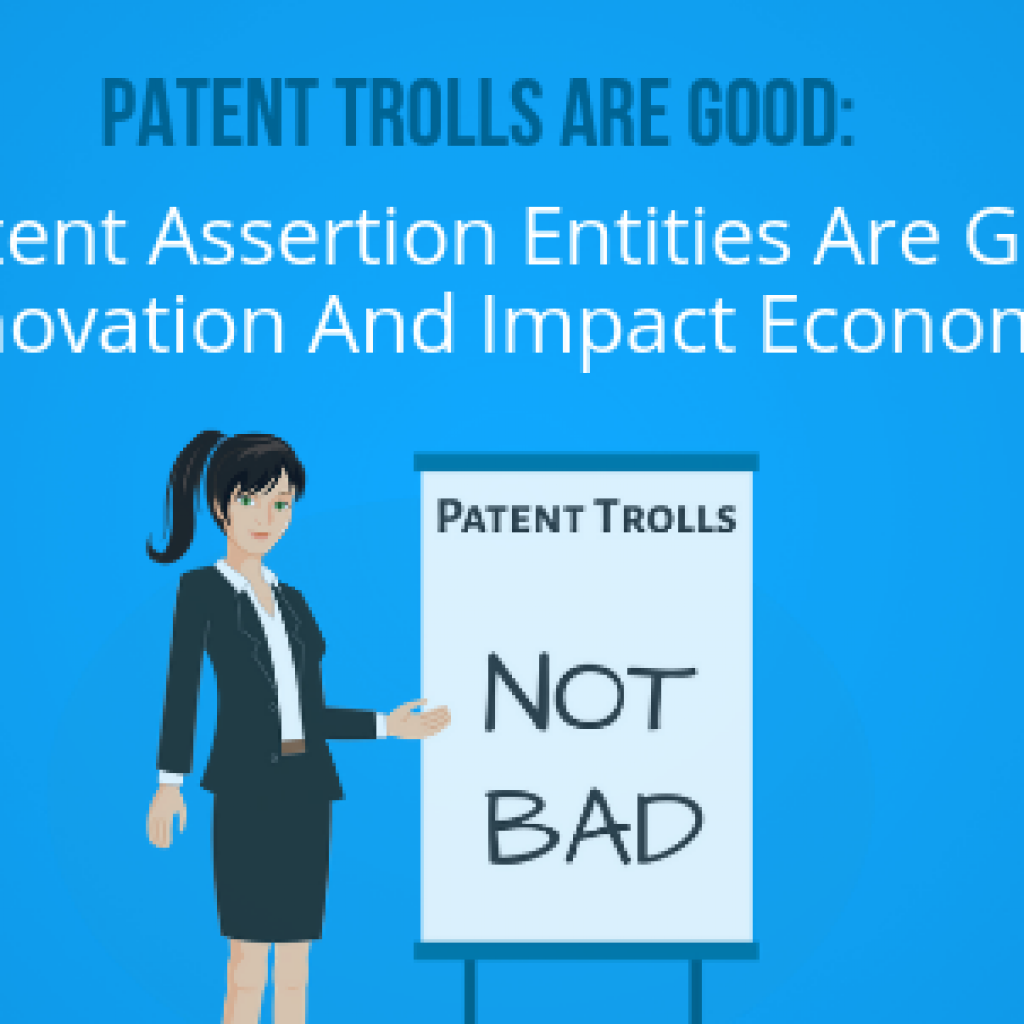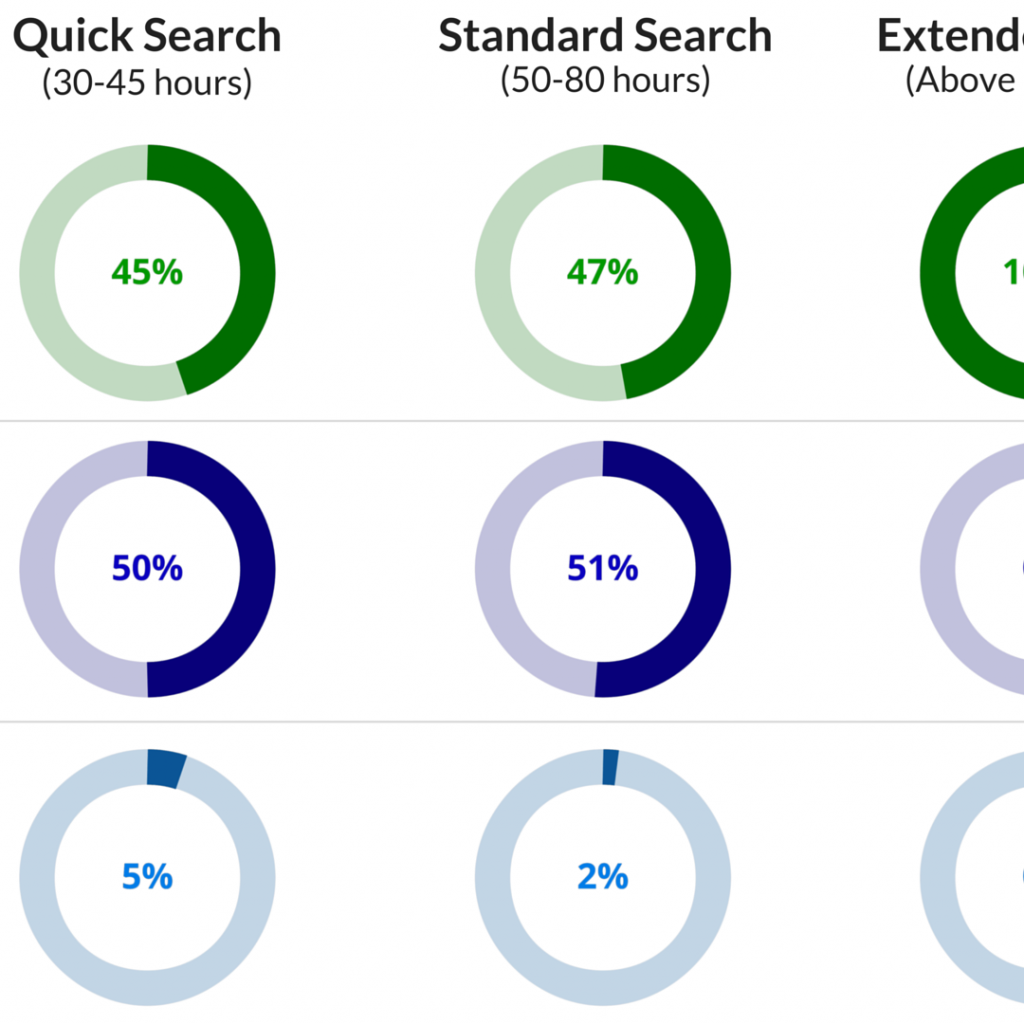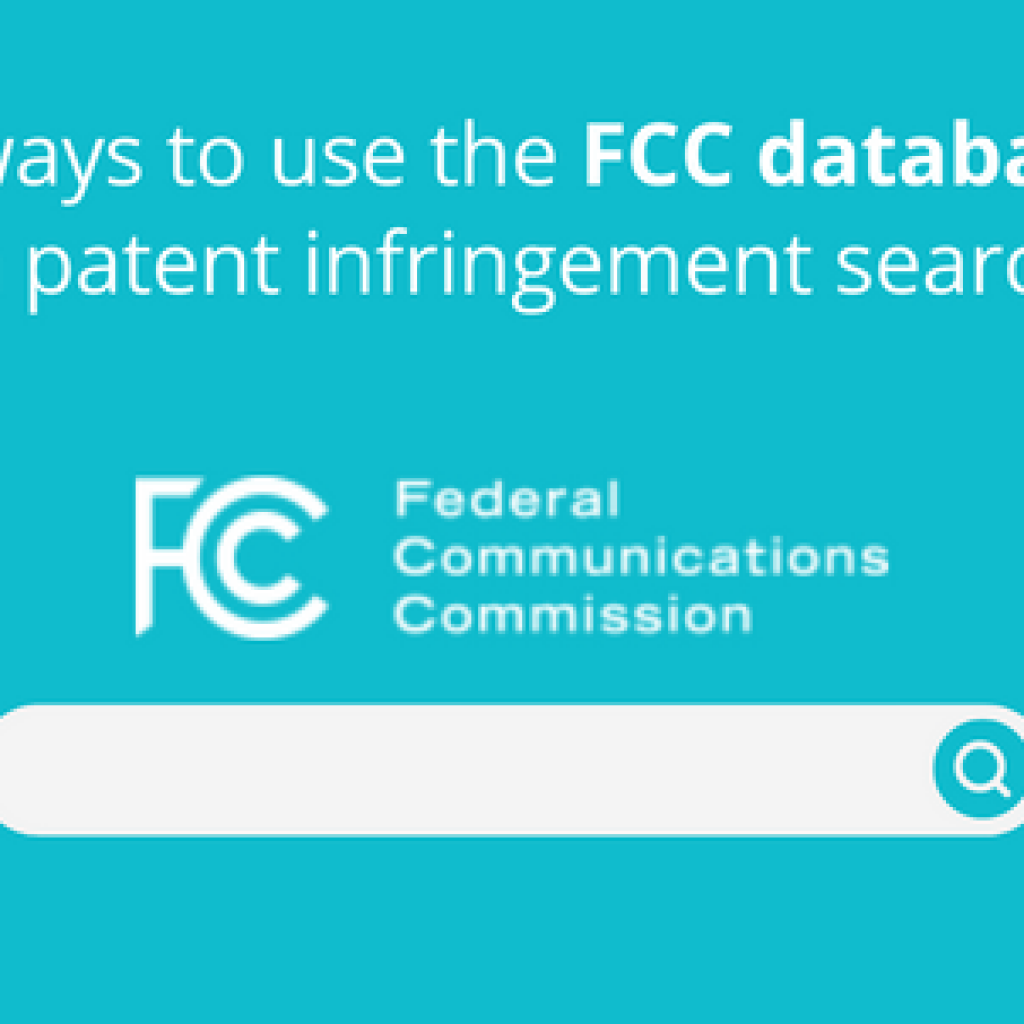You would have handled cases where you gave the same search to multiple firms and only a handful returned with the art that you were looking for. Why is it that some search firms find the right prior-art while others don’t? If we look broadly, they all operate on the same data, right?
If search results matter to you and you aim at winning cases at hand, then you should select the right patent search partner. Simon Sinek puts it really well:
If you hire people just because they can do a job, they’ll work for your money. But if you hire people who believe what you believe, they’ll work for you with blood and sweat and tears.
It basically means that you can change the outcomes if you select the right patent search firm. A firm that doesn’t want to run another search assignment but wants to fight with any odd to make you a winner.
But how to find the right patent search firm? For that, you need to understand a common practice followed in every patent search firm.
How a researcher works inside a patent search firm
Whenever a search assignment is given to a researcher, it is mainly restricted by predefined hours to locate the prior art. In the allocated time, not only a researcher has to understand the subject patent but has to dive into a pool of information, viz.:
- to find the right document
- to filter out the noise
- to identify the concept level details
- to iteratively change the strategy multiple times
- to shortlist probable prior arts
- to prepare a report to share the identified information format.
This is just a broad layout of steps any researcher follows in a patent search firm. I will pick one case here that is for locating the right information.
A researcher starts by collecting keywords, patent classes, important inventors and companies, and whatever that is of interest. Thereafter, he formulates patent search strategies with collected keywords, classes, etc. to extract documents. He then filters out documents for detailed review.
On the first look, this crucial process appears too simple. It is a vital step for any researcher to reach the right information. In general, a researcher may:
- start with a broad information set and then narrow it down to locate the required piece
- or may start from narrow and then going to a broad information set
Both strategies offer some advantages to some tradeoff. Let’s see:

Let’s assume a researcher is performing a prior-art search. He needs an art disclosing “a mobile phone receiving a one-time password from an authentication server, the password to be used for approving a financial transaction”. Let’s also assume that the cut-off date is January 01, 2000.
He definitely will start with formulating a below search string:
((cell_phone? OR radio_telephone? OR ((mobile OR portable OR cellular) W (phone? OR tele_phone? OR terminal?))) AND (((One W Time) OR (Single W Use) OR Temporary) W (Pass_word? OR Pass_code OR Pass_phrase?)) AND (Auth+ OR Verif+) AND (Purchas+ OR Transact+ OR Buy+ OR Shop+))/TI/AB/TX AND PRD<=2000-01-01
This query has a good as well as a bad aspect. The good is that the hits are likely to cover most of the potential results. The bad is that there would be too many hits, and it would be difficult to scan them all within the allocated time.
To circumvent, he will “narrow down” the query to something like this:
((cell_phone? OR radio_telephone? OR ((mobile OR portable OR cellular) W (phone? OR tele_phone? OR terminal?))) S (((One W Time) OR (Single W Use) OR Temporary) W (Pass_word? OR Pass_code OR Pass_phrase?)) S (Auth+ OR Verif+) S (Purchas+ OR Transact+ OR Buy+ OR Shop+))/TI/AB/TX AND PRD<=2000-01-01
Now there will be manageable hits. However, there will risk of losing relevant art. For example, an art where the keywords are not written in a single sentence won’t get captured. To circumvent this, he can run another query, say, with “one-time password” and “authentication” in one sentence and “cellphone” in the same paragraph and “purchase” anywhere in the document:
((((cell_phone? OR radio_telephone? OR ((mobile OR portable OR cellular) W (phone? OR tele_phone? OR terminal?))) P ((((One W Time) OR (Single W Use) OR Temporary) W (Pass_word? OR Pass_code OR Pass_phrase?)) S (Auth+ OR Verif+))) AND (Purchas+ OR Transact+ OR Buy+ OR Shop+)))/TI/AB/TX AND PRD<=2000-01-01
Even this query has risks of missing potential results. A researcher deals with such a scenario on a daily basis. He keeps modifying his search logic and uses a variety of permutation and combinations to find prior art. Here, thus, a researcher’s capability to locate prior art decides if you are going to win or lose.
During the past 8 years, we executed thousands of patent invalidity searches. This problem knocked our doors more often than we expected. Not only us, it ‘was’ a problem faced by the whole industry. To knock it out of the door, hence, was vital.
How we became the first company to solve a decade-old industry problem
Also, we knew that knocking this problem would translate to more value for our clients. It’s because a researcher, at any time during a project, will only be scanning the most relevant documents in an un-scanned prior art. Result: the pace and chances of finding the closest reference will get the increase by multifold.
With that in mind, we developed an intelligent tool, Grey Parrot. It helps the researcher spot relevant locations where information could be– How? It aids a researcher with intelligent search logic formation and thus helps locate good prior art without spending much time. Further, it reduces the risk of missing relevant art.
In today’s era when intelligent systems are coming up, relying only on human capabilities can slow down the progress. That’s why we here at GreyB are using a unique combination of Human and Machine intelligence to deliver patent search reports that make you a winner.
Authored By: Mahesh Maan, Manager, Search Team.










